Warrior Fighting Vehicle Seen In Bizarre ‘Half-Track’ Configuration
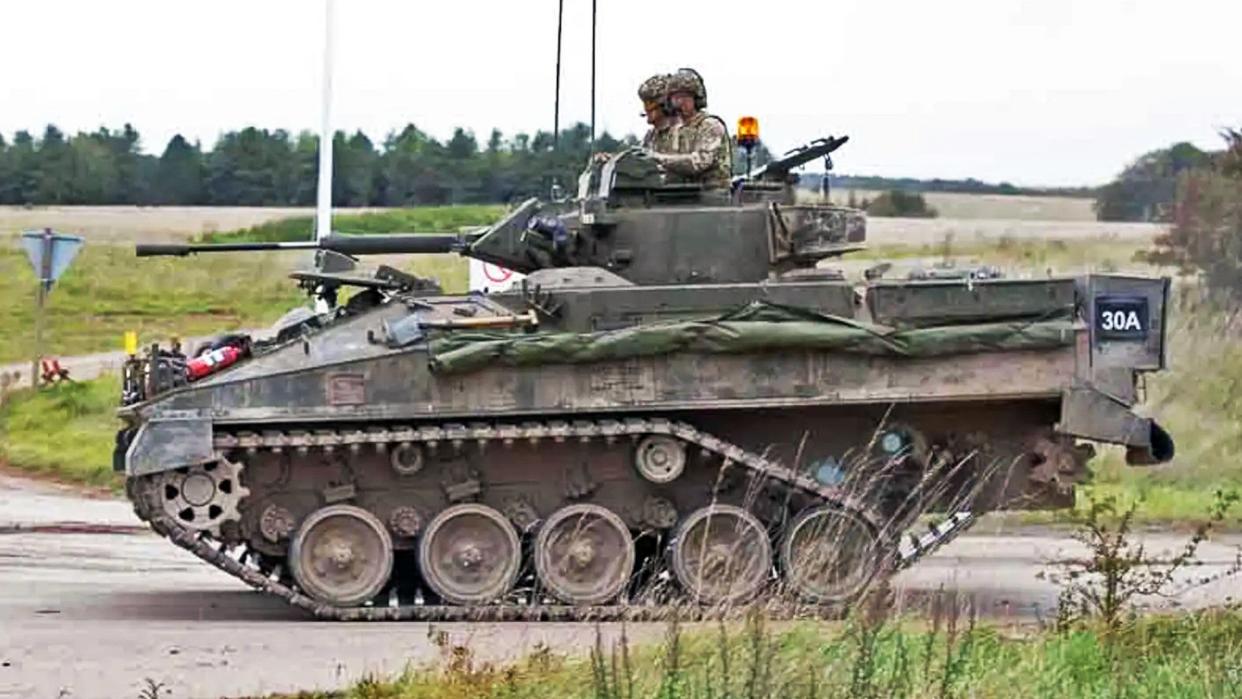
A recent photo shared with The War Zone reveals a surprising piece of repair work undertaken on a British Army Warrior infantry fighting vehicle. The IFV, broadly equivalent to the U.S. Army’s M2 Bradley, is shown moving along a road, close to an exercise area, still running on its tracks despite the loss of a road wheel from one side, and with a broken idler — the wheel at the rear that serves to maintain tension on the track. The photo soon led to quips about a ‘Half-Track’ Warrior version, a nod to the combined wheeled-and-tracked vehicles of the same name.
Photographer David Cole posted the photo on the Plain Military Facebook group. It was taken on September 20, 2023, near Copehill Down, a U.K. Ministry of Defense training facility on Salisbury Plain, Wiltshire, England. Copehill is specifically a FIBUA, or Fighting In Built-Up Areas training center used to practice urban warfare and close-quarters combat. The vehicle was apparently taking part in Exercise Iron Titan, billed as the British Army’s largest maneuvers of this kind in 20 years, with around 8,000 troops involved.
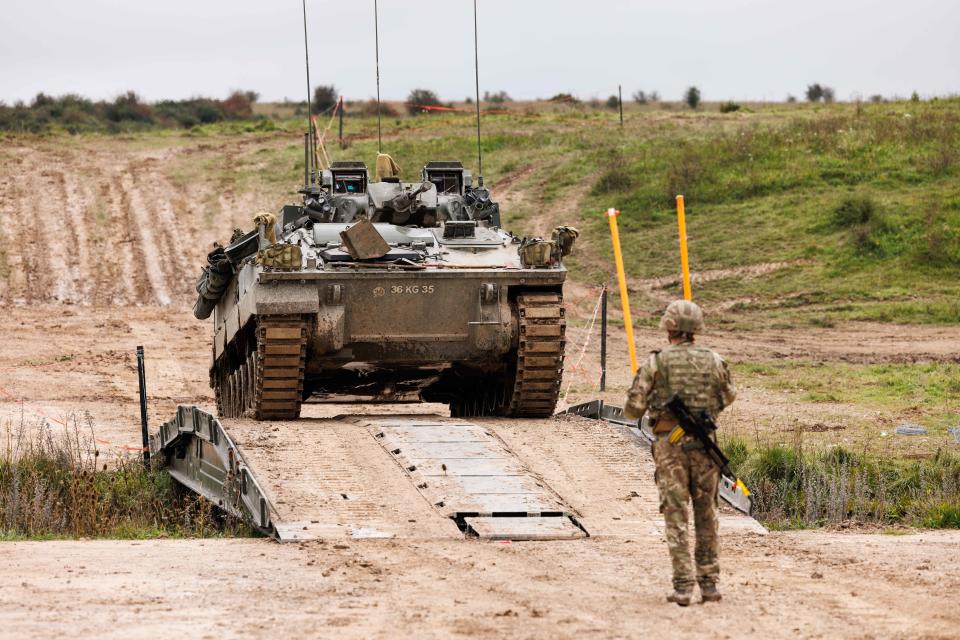
The photo not only reveals an ingenious workaround to a serious malfunction, but also provides a good idea of how the tracked IFV works mechanically, with its combination of road wheels, drive sprockets, idler wheels, and track return rollers.
While it’s unclear what fate befell the Warrior in question, it was clearly severe enough to shear off the rearmost road wheel on the left-hand side of the vehicle, or at least to require its complete removal. To deal with this, the crew and/or supporting engineers fashioned an extemporized repair job, shortening the track, and coupling it back together, with the IFV now running on five road wheels on one side (the opposite side of the vehicle appears to be unscathed).
Since power is provided to the Warrior’s tracks by the drive sprocket at the front, the vehicle can still run even with the track depleted in this way.
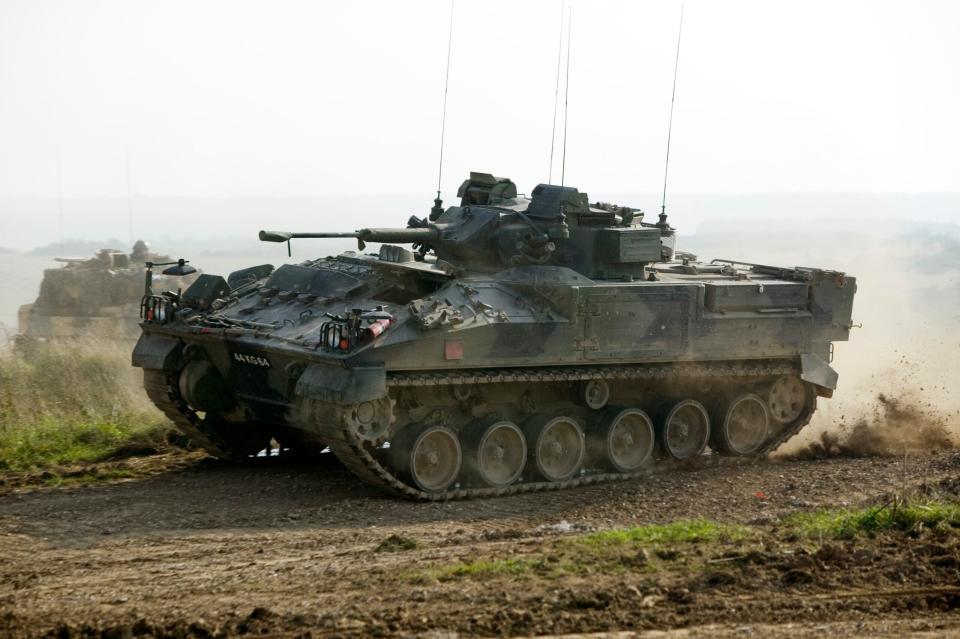
The idler wheel, at the opposite end to the sprocket, is, like the roadwheels, unpowered, and operates somewhat like a pulley wheel. It carries the track back off the ground and returns it to the drive sprocket, ensuring there is tension on the track.
It’s worth noting that not all armored vehicles have the drive sprocket at the front, with most modern tanks, for example, having the sprocket at the back and the idler at the front.
While there will have been a speed and mobility penalty as a result of the repair, the workaround appears to have been enough to get the Warrior back to its base. In particular, losing a roadwheel means an imbalance in the distribution of the weight of the vehicle. The suspension system will also have been affected, with one of the three track return rollers on the affected side having been lost as well, or at least put out of action. These are small rollers that support the weight of the track as it moves.
https://www.youtube.com/watch?v=QKuL64rKu5I
The War Zone spoke to a member of the Royal Engineers (RE), the engineering arm of the British Army. While they wanted to remain anonymous, they shared some interesting personal opinions on this particular repair:
“This technique is used for emergencies and allows the vehicle to be moved from the battlefield for repair at a rear area. It’s not standard and not a tactic that is common or evenly commonly taught as it can cause further damage to the running gear.”
As to the difficulty in making this kind of repair, the same soldier added:
“It’s fairly quick to split the track by a well-trained crew. It’s simply a case of removing the section of track that is damaged or not required and then reattaching it. Most armored vehicles’ tracks and running gear are modular and repairs are pretty standard. The only caveat is the final drive and sprocket which is critical and internally pretty complex. We tend to take equipment care seriously and I’d assume that they wouldn’t take unnecessary risks with equipment.”
While clearly unusual, the kind of repair job seen on the Warrior is not totally unheard of. Comments posted in response to the photo from former British soldiers recall similar incidents, including the claim that an FV432 armored personnel carrier — the Warrior’s predecessor — was operated in a “half-tracked” configuration for three whole weeks during one exercise in Poland.
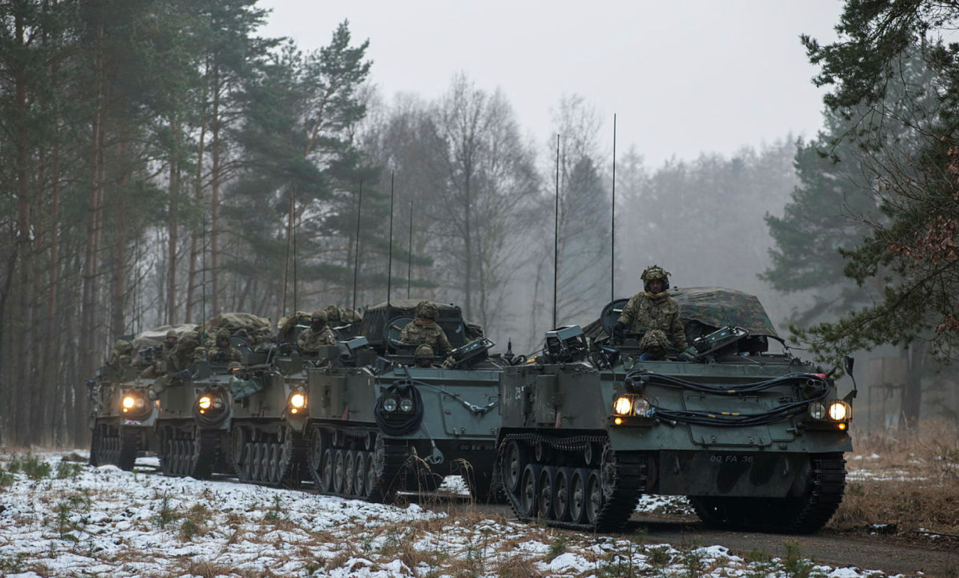
Another British ex-serviceman recalls having seen similar repairs on two other occasions. In both those, “there was extreme damage to both the roadwheel and the track tensioner [idler wheel], as the crew would not keep to a very limited speed. I’ve also seen it done on Chieftain [tank].”
Yet another account refers to an incident at the British Army Training Unit Suffield (BATUS) in Canada in 2002. Here, it is alleged, there were so many tracked vehicles losing roadwheels that spares had to be ‘borrowed’ from an old Abbot self-propelled gun that was serving there as a gate guardian. The Abbot used an FV430-series chassis, providing a degree of mechanical commonality with the FV432 and other vehicles.
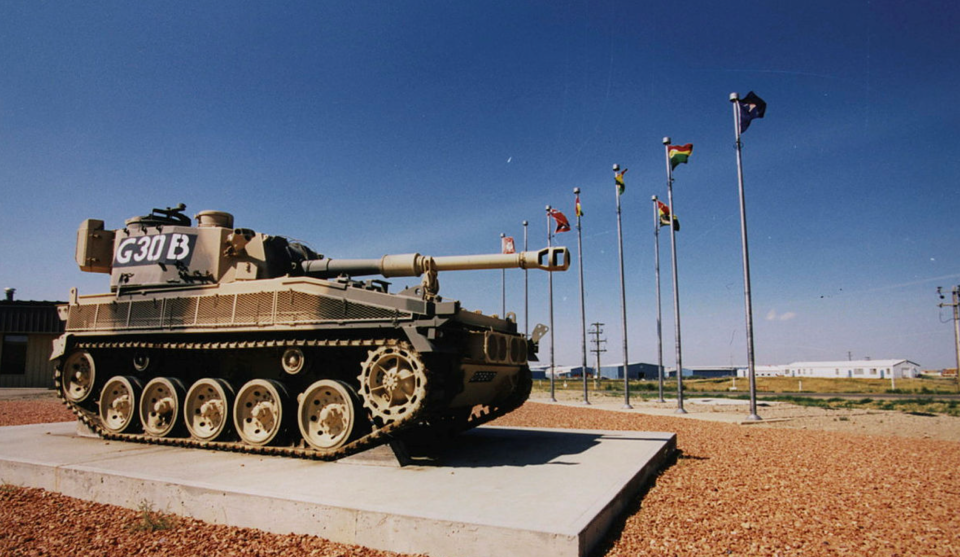
https://www.twitter.com/ArmouredSapper/status/1710586270580101255?s=20
As to the Warrior itself, this vehicle entered service with the British Army in 1988 and has seen operational use in the 1991 Gulf War, in Bosnia and Kosovo, and subsequently in both Afghanistan and in the invasion of Iraq in 2003.
In 2021, the U.K. Ministry of Defense announced its intention to replace the Warrior with the Boxer, an 8x8 wheeled armored personnel carrier, rather than upgrade the IFV.
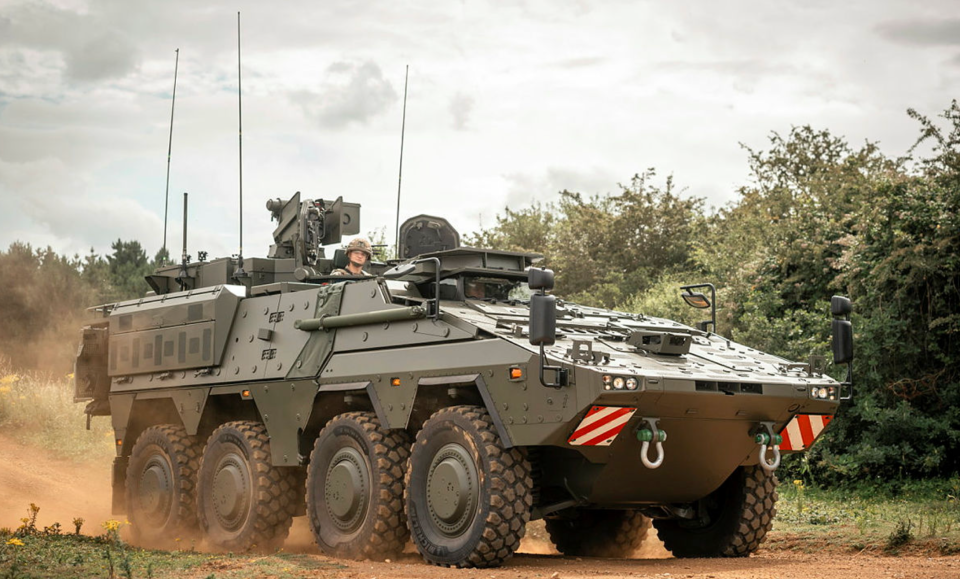
This was a controversial decision and has become only more so since Russia’s full-scale invasion of Ukraine put the utility of armored mechanized forces very much back into the spotlight. While the British Army is due to receive a new tracked armored fighting vehicle, the Ajax, this program has so far consumed billions of pounds and has been beset by problems. In particular, trials with the new Ajax vehicles had to be abandoned after crews reported injuries due to excessive noise and vibration. The Ajax is now not expected to be combat-ready until late 2028 at the earliest.
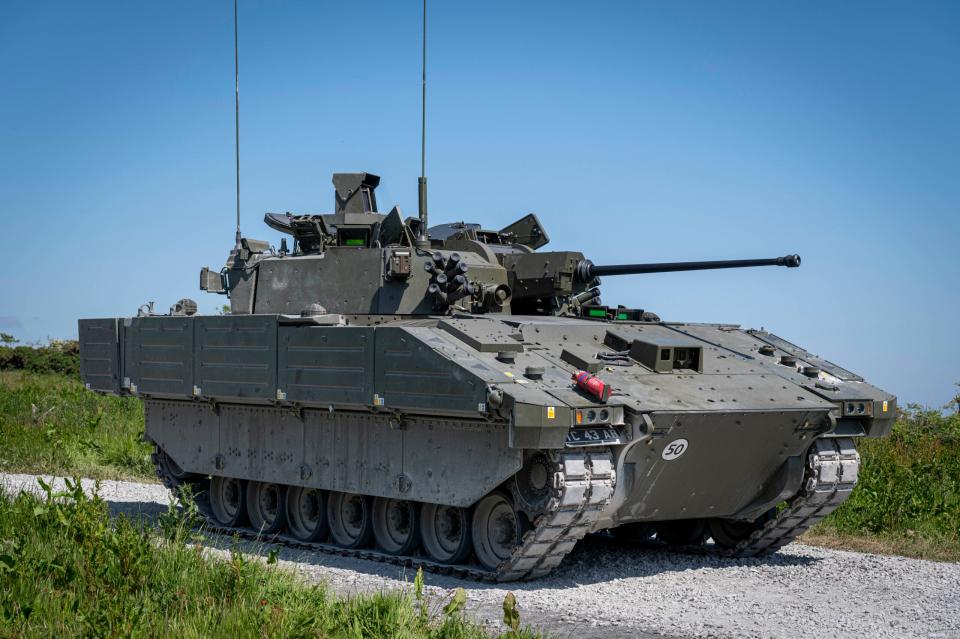
While the last of the Warriors are officially slated to be withdrawn from 2025, there are reports that the Cold War-era IFV could still remain in use into the early 2030s, albeit without a major upgrade. For the time being, the Warrior still has a place in the British Army’s order of battle and running repairs like the one seen recently on Salisbury Plain won’t yet be consigned to history.
Contact the author: thomas@thedrive.com

